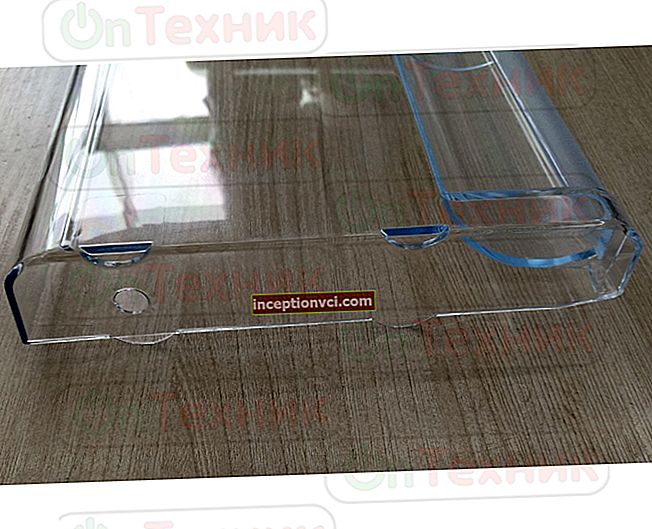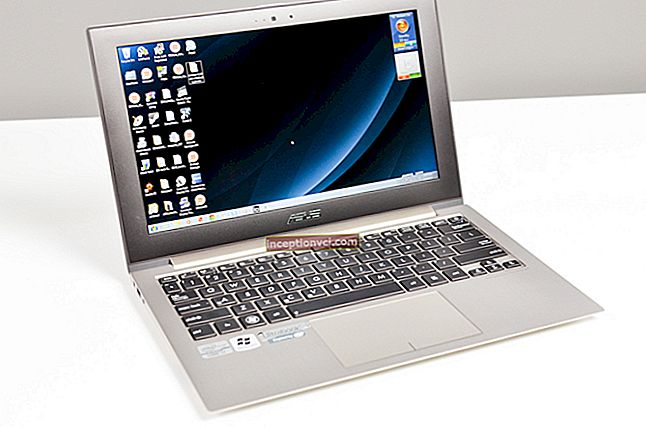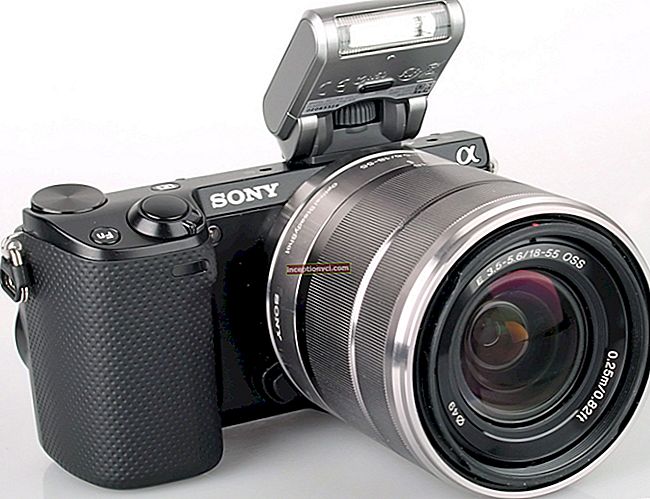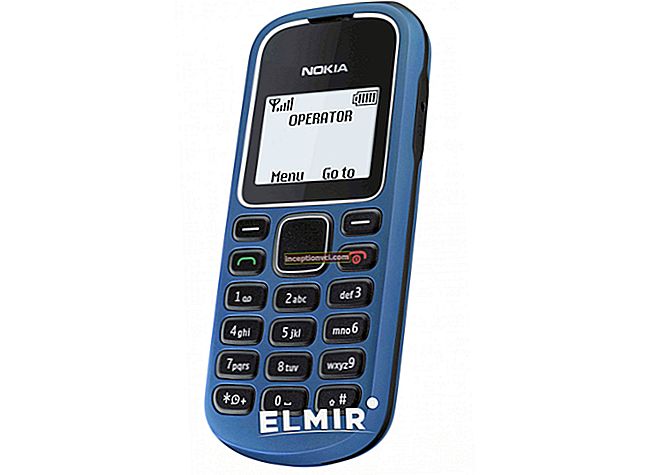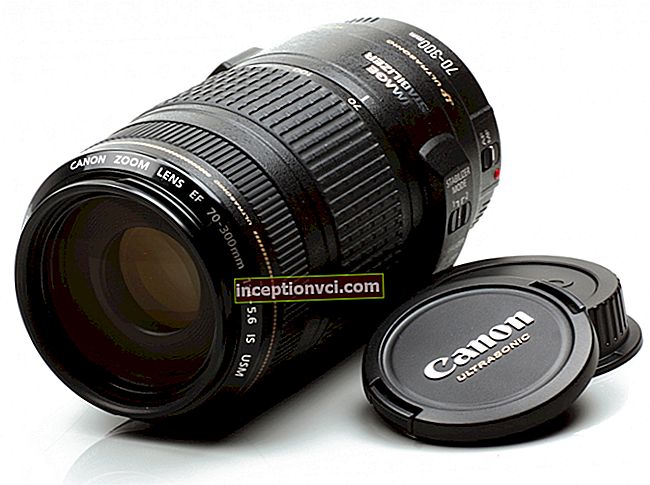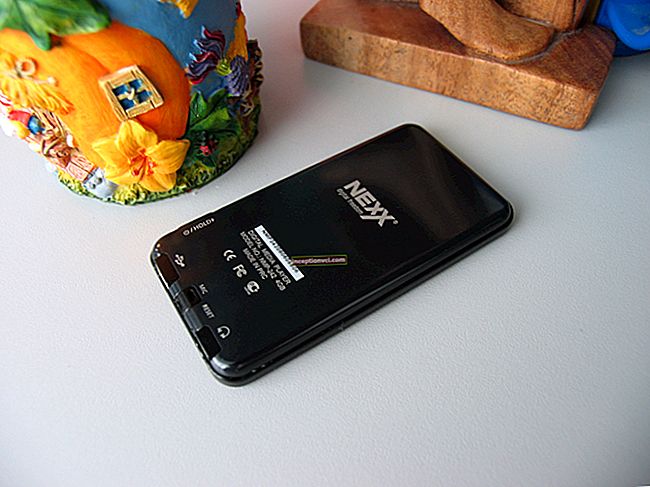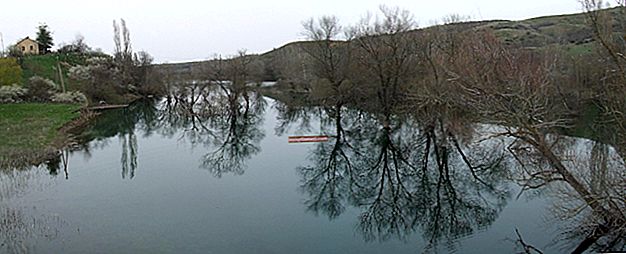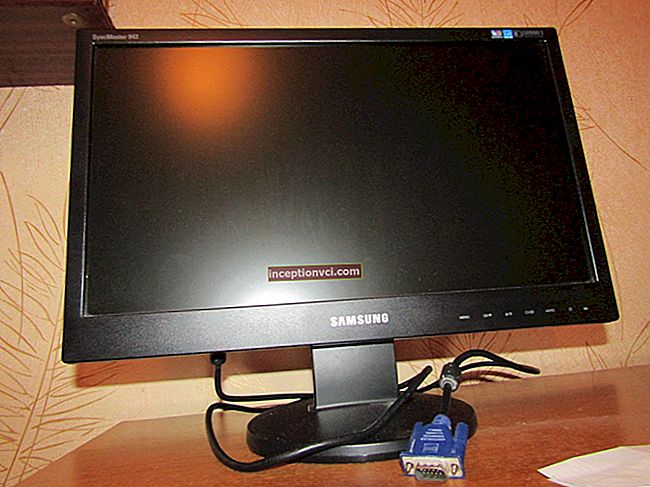From the outset, the 5D series was hardly revolutionary. The original 5D in 2006 became the very first generally affordable full-frame DSLR, a camcorder that established the 24x36mm matrix format as the standard for most professional applications.
The Canon 5D Mark 2 was the very first DSLR camera capable of recording high definition video - an opportunity that revolutionized the IT market, no one could have imagined at that time.
As it may seem, the 5D mark 3 is unlikely to produce anything as revolutionary.
The information has been leaked to the Internet for a long time - it was reported that the new 5D mark has a 22.3 megapixel full-frame image sensor wrapped in a 7D-style body and a 61-point autofocus sensor borrowed from Canon's flagship EOS-1DX. A pretty decent update that has to depress the competition.
In fact, the name 5D can be misleading - however, compared to its predecessor, the Mark 3 is essentially a completely new model with a very serious upgrade. In a sense, it can be analyzed as a full-frame 7D with the same wide customization options and a 61-zone metering sensor.
The camera has acquired a significant number of new settings and improvements in response to the wishes and requests of users, such as 2 slots for CF and SD memory cards, an exposure mode switch, a large repeat button (preview), which is very conveniently located under the fingers of the right hand and which can be easily reprogrammed to access other functions if desired.
Most of the features are vastly improved over the 5D mark 2. The new sensor with the latest DIGIC 5+ processor offers a wide ISO range of 100-25,000 with further expandability up to 50-102,000. An 8-channel sensor that has a speed of up to six frames per second. Modified shutter, which is designed for up to 150,000 operating cycles; The Mark 3, in turn, has a "quiet" shutter release mode (mirror delay function), which was only in the last 1D-series. The viewfinder covers 100% of the field of view, and the 1040k 3.2-inch dot LCD screen has improved anti-reflective performance and a heavy-duty glass coating to protect against mechanical damage and scratches. Also worth mentioning is the 61-point focusing system, taken from the big brother of the 1DX - Canon is the first to include flagship autofocus in a camera below the 1D series.
The video mode became the 5D mark 2's trump card in front of all its rivals at the time of its introduction, and its successor, of course, offers all kinds of improvements in this regard. On the ergonomics side, the camera received an additional Live View button like in the 7D. A headphone input has been added, as well as the ability to adjust the audio recording volume using a joystick control. Video options in terms of frame rate and resolution remain the same (1080p30). According to Canon, the processing of video files has been significantly improved - to reduce moiré and various artifacts, and to obtain a high-quality image, new All-I and IPB compression methods have been added, which first appeared in the EOS-1D X. The only thing that we will not be able to see is the output of an uncompressed stream video via HDMI as on cameras of the main competitor - Nikon.
Not without a couple of completely new features - the 5D mark 3 became the first Canon camera capable of taking HDR (High Dynamic Range) images, and this feature is quite well implemented, has flexible settings and advanced auto bracketing. The camera also has the ability to record footage at different exposures depending on options and settings.
The use of the DIGIC 5+ processor demonstrates improved processing of JPEG and RAW images, including fast chromatic aberration (CA) correction based on the preservation of camera lens profiles. An interesting feature taken from Nikon has become available - it is now possible to determine the numerical value of the slowest shutter speeds when using the auto ISO mode. An important role is represented by the ability to compare two photos side-by-side in Live View mode.
Canon 5D mark 3 now with a new menu borrowed from 1DX. Compared to the 5D mark 2, the difference is not very big (so the existing owners of the device will not get confused), but one tab has appeared for managing the most complex autofocus system, based on the use of a number of scenarios and presets. The order of the items in the menu was also revised, for example, some parameters that were previously hidden somewhere far away in the settings are now brought to the top, first of all, this is the rise of the camera mirror and the priority of light tones.
Differences between Canon EOS 5D mark 3 and 5D Mark 2
The 5D mark 3 shares tremendous family similarities with its predecessor, but is improved in many ways.


From the front, the 5D Mark 3 looks the same as its younger brother, the most noticeable change is the appearance of a repeater button on the front, and the shape of the case is now more round and comfortable.
On top of the camera, we see other differences (apart from the noticeably larger forms) - the same on / off button next to the joystick for selecting shooting parameters, as in the 7D, as well as a customizable M-Fn key near the shutter button.
Most of the changes are seen on the back of the device. The Mark 3 has a combined Live View and Movie mode switch, just like the Canon 7D. Added a new Q button that provides quick access to the main settings panel. And now there is a separate switch for locking / unlocking the joystick control. The buttons to the left of the display are a hint of a large number of options in Live View - more on that later.
Additions / Changes to the 5D Mark II
- Control panel similar to EOS 7D (power on, joystick lock switch, combined Live View and Video mode switch)
- Viewfinder and LCD levels
- New M-Fn button
- 2-photo preview mode with Side-by-Side function
- Auto bracketing, HDR shooting, high exposure mode
- Converting from RAW using the camera itself
Canon 5D mark III core technologies
The biggest improvement in the 5D mark 3 is its autofocus system, which is what almost all users have been looking for. The original nine-point focusing system in the previous model, at first glance, had already become irrelevant, and this was the greatest disappointment at the time of the 5D mark 2. Especially considering the fact that a year later the EOS 7D appeared with a significantly improved 19- point system. But the 5D Mark 3 overshadows it all, acquiring a 61-point focusing sensor from the older Canon 1D X.
However, this is not a complete replica of the AF sensor from the 1D X model, as the 5D mark 3 does not have a 100,000-pixel metering sensor and does not have a separate DIGIC 4 processor for calculating the captured data. However, even without this functionality, the new focusing system is one of the best on the market and takes the camera to par with Nikon's flagship cameras.
It should be borne in mind that while Nikon has long started to use the multi-point sensor system for better tracking accuracy, the Canon EOS-1D of the fourth series competed with the Nikon D3S without this feature.
Autofocus
Another impressive innovation in the Canon 5D Mark 3 is 41-point cross-type AF, 5 of which are dual cross-type. The 5D Mark 3 lags behind the Nikon D800 only in one thing - cross-shaped dots are used only with lenses with an aperture of F4 or more, and double cross-points are used with lenses F2.8 or more.Canon says this is necessary for the sensor to be sharper at large apertures.
Major improvements have also been made to the autofocus control system. Canon's previous flagship cameras had a high-quality autofocus system, but photographers required a certain amount of knowledge and skill to properly set up the device. The 5D Mark 3, like the 1D X, has a highly simplified preset-based setup system.
Setting up autofocus is greatly simplified with the ability to choose one of six possible scenarios. Three parameters (tracking sensitivity, slowing / speeding up tracking and changing AF points) can be edited to better adapt the preset to a specific subject or shooting conditions.
22-megapixel image sensor
The number of megapixels in the new camera model may be the same as in the 5d mark 2, but the sensor itself is completely new. The architecture of the pixel system has undergone changes, the amount of light absorbed by the sensor has increased significantly.

Canon uses a special technology of a gapless microlens array, in other words - now much more light falling on the sensor passes down to the photodiodes. Finally, a new chipset-based noise cancellation technology significantly raises the quality of photography.
Canon does not disclose exactly how these improvements are used in raw RAW format, but after processing the information with the DIGIC 5+ processor, the captured JPEG images receive 2 levels of improvements.
DIGIC 5+ processor
The Canon 5D Mark 3 has the latest generation DIGIC 5+ processor, the same type as the older 1D X. It is about 30 percent faster than the standard 5th DIGIC, but more importantly, this processor is seventeen times more powerful. DIGIC 4, used in the 5D mark 2. This means that thanks to this, a shooting speed of 6 fps was achieved, as well as improved processing during video shooting.

In addition, the processing power enables the 5D mark 3 to handle chromatic aberration in JPEG photography. The processing is based on a set of lenses loaded into the camera, of which up to 29 can be used. This allows processing not only lateral aberrations, but also difficult axial ones.
Viewfinder
Compared to the previous model, the viewfinder in the third 5d mark is also improved, now we have a full 100% coverage, and not 98% as it was in the second model. The optical magnification remains the same at 0.71x, and the angle of coverage is 21 mm.

Below the prism of the viewfinder is a translucent screen for displaying the AF grid. The second advantage of such a screen is the addition of specific warnings. Depending on the type of shooting at the moment, you can set up such warnings based on the parameters:
b / w shooting | increased photosensitivity |
white balance | spot metering |
instant switching of recording quality | information about the current exposure |
Auto ISO
In the 5D Mark 3, the ISO change mode brings new options: it is now possible to set the highest and lowest ISO depending on what the minimum shutter speed is. Auto ISO can be used in manual shooting mode by setting both shutter speed and aperture value, and the ISO value will be set automatically. You can use and save exposure values using Auto ISO manual shooting mode, and the viewfinder screen will show the difference between the saved exposure and the current one at the moment, calculated by the camera.
Filming
It may seem that the video mode characteristics of the Canon 5D mark 3 are very similar to those of the second Mark, but the results of the third model are much better. The camera demonstrates excellent results in fast motion shooting, while in the 5D 2 there was a slight blurring effect.As noted above, it is the new DIGIC 5+ processor that helps get rid of this problem.
The 5D Mark 3 also has a more sophisticated video decoding algorithm, as in the 1D X model, which means that the camera can process each frame separately. This produces a very high quality video, although it comes at the cost of a large source file size.
Outcomes
Thus, the new Canon 5d mark has received a large number of improvements and advantages over the previous model. The changes affected, to a lesser extent, the appearance of the device, to a greater extent - the hardware filling. Of course, the 5d mark will occupy its niche in the photographic equipment market and will not leave indifferent all fans of the Canon brand. The device deserves a rating of 9/10.

